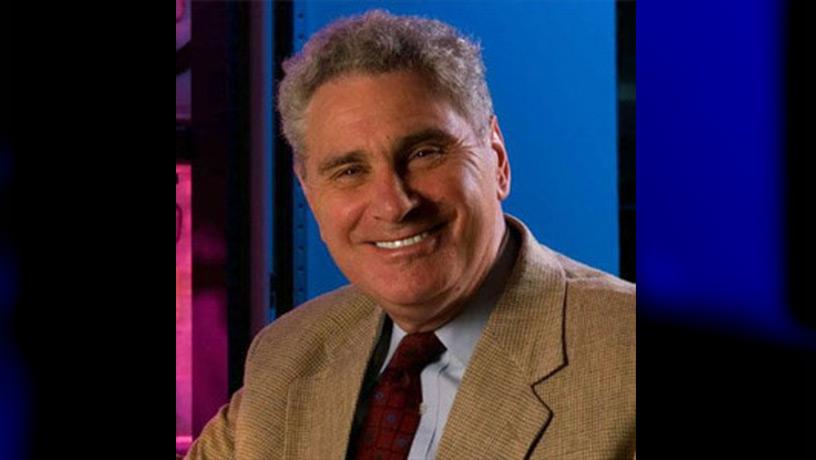Prof. Robert J. Farrauto from the department of Earth and Environmental Engineering received two awards from the Department of Energy
Bench-Scale Development of a Novel Direct Air Capture Technology Using High-Capacity Sorbents and Dual Function Materials for Direct Air Capture of CO2" Funding source

1. "Bench-Scale Development of a Novel Direct Air Capture Technology Using High-Capacity Sorbents" Funding Opportunity Number: DE-FOA-0002402 (AOI-1). Prime contract to Susteon Engineering $1.5 million for two years.
Columbia subcontract = $300,000 (PI Robert J. Farrauto)
Summary and Goals: We have developed a nano-dispersed alkaline sorbent on a high surface area carrier, capable of selectively capturing 0.04% CO2 present in air; referred to as direct air capture (DAC), to mitigate climate change. Our tasks are to further optimize the material and reactor conditions needed to adsorb and desorb pure CO2 for future applications. To accomplish this we need to optimize the capacity, rate of adsorption and desorption of CO2 at varying ambient air conditions reflecting various local temperatures and humidity's with minimum energy expended. We will evaluate our adsorbents at low, moderate and high ambient temperatures and corresponding humidity's, reflecting four seasons and locations within the USA. This information will be coordinated with our engineering partner, Susteon (Cary, North Carolina) who will perform large scale up testing and process design.
2. "Dual Function Materials for Direct Air Capture of CO2" Funding source DOE Award Number: DE-SC0020795. Prime contract to Susteon Engineering $1.5 million for two years.
Columbia subcontract = $250,000 (PI Robert J. Farrauto)
Summary and Goals: A dual function material (DFM) consists of an alkaline adsorbent and catalytic metal supported on the same porous carrier. It was originally developed in our group for CO2 capture from power plant effluents with subsequent catalytic methanation using renewable H2. Methane is a useful feedstock for fuel and/or chemicals. The DFM allows for the selective capture and conversion of CO2 from air to occur using a single material in a single reactor. We have adapted the DFM to selectively chemisorb the dilute CO2 (~400 ppm) from ambient air which can be subsequently catalytically hydrogenated to methane. Because direct air capture (DAC) technologies have free-range of geography, this technology has the added advantage of being aptly placed at emerging power-to-gas facilities for green H2 production or facilities with waste H2 to eliminate the requirement for its transportation. Consequently, DFM relies solely on existing natural gas infrastructure for distribution. Given the large volumes of ambient air that require processing, the cycle of CO2 adsorption and methanation must be conducted in a temperature swing operation. We capture CO2 at ambient temperature (i.e. 25°C) followed by heating to about 200°C in H2 for methanation. We also demonstrate that feed flow rates and cycle durations can be tailored to achieve high adsorption kinetics and high capture capacities, allowing for high rates of methane production. Long term aging of the DFM will be conducted in humid ambient air, at typical temperatures during 4 seasons and locations in the USA. This data will be used for parametric, scale up testing and process design by Susteon, our engineering partner.
